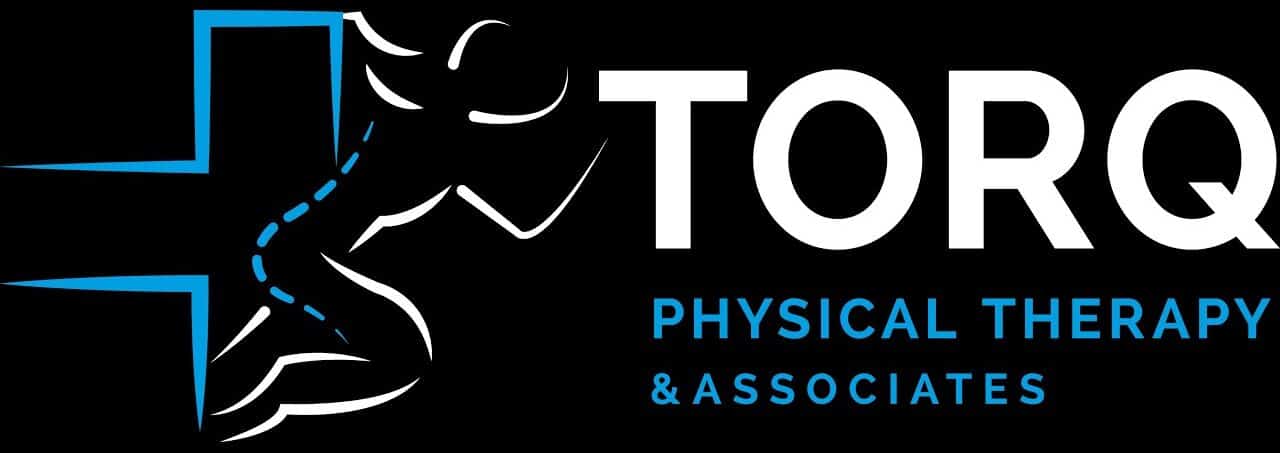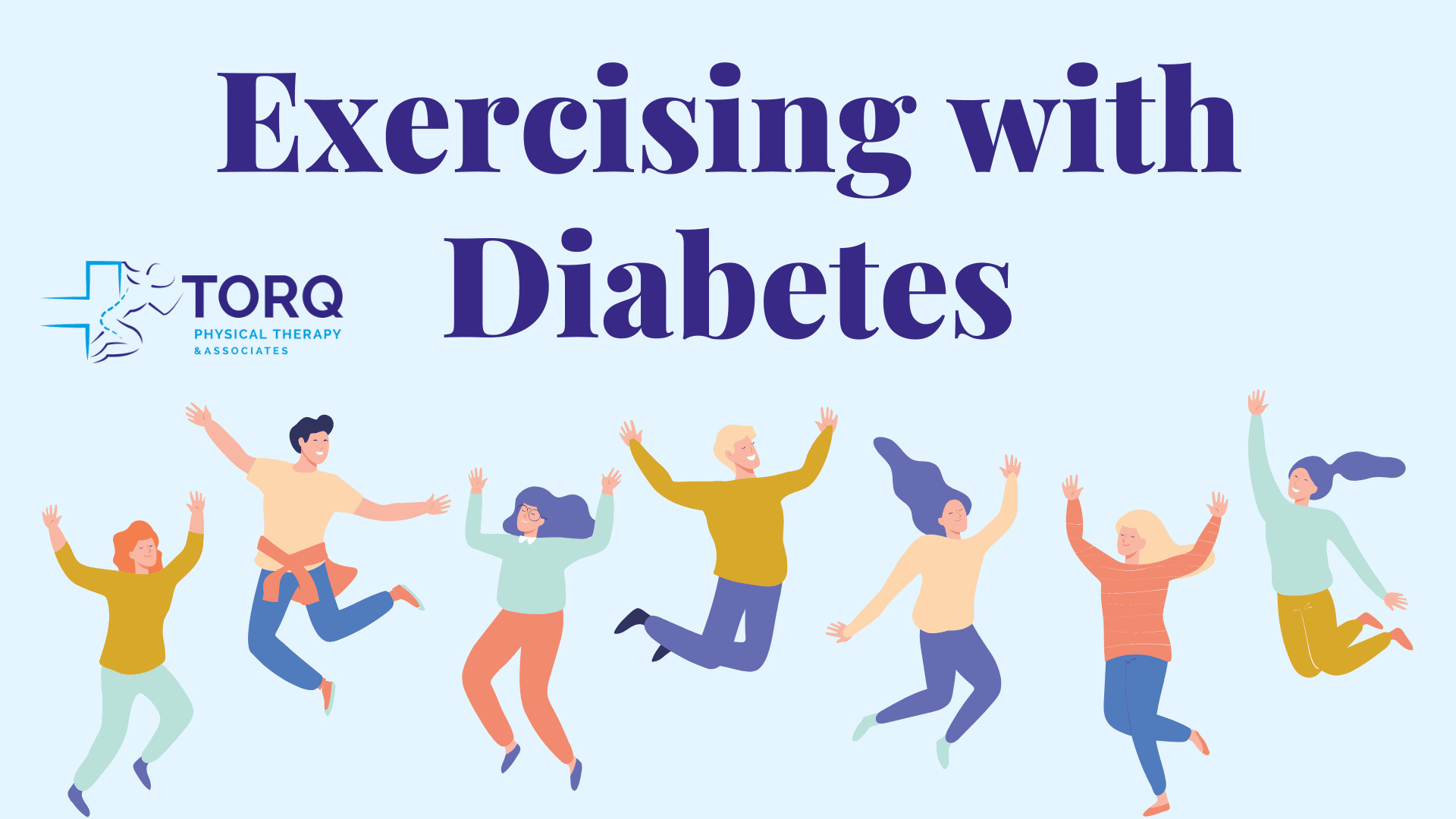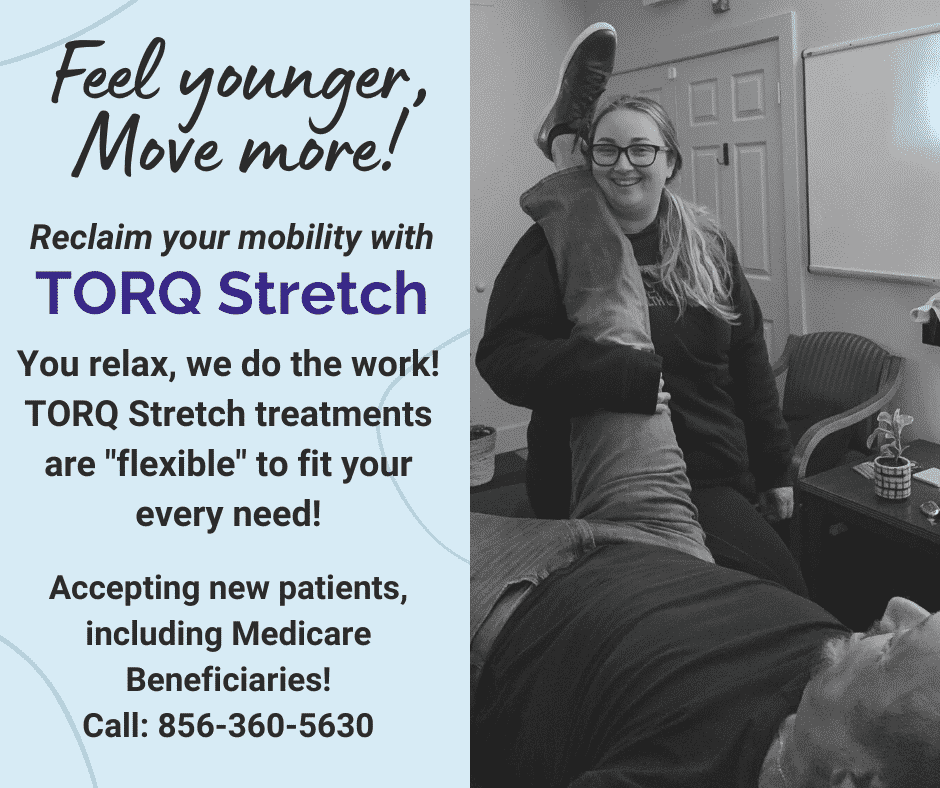When in PT school, we’re often told that the answer to many questions is: “It Depends.” While frustrating, it can make sense as all people, both therapists and patients, are different.
The world of Physical Therapy in the clinical setting is never clear black-and-white. That’s exactly why many people in the public have questions about the profession as a whole and are unsure what we do.
Here’s the most frequently asked questions about the profession of Physical Therapy. I promise to try not to say…. “It depends.”
1. What is physical therapy?
Physical Therapy is a well-rounded medical profession that values the power of natural healing. The approach to PT is that “movement is medicine,” meaning that the goal is to decrease reliance on prescription medications, steroid injections, and oftentimes help prevent unnecessary surgical interventions.
2. What type of education does my Physical Therapy provider have?
There are two types of educational paths a person can take when pursuing a career in Physical Therapy: Physical Therapist or Physical Therapist Assistant.
As of 2020, all accredited programs awarding Physical Therapist degrees are required to be a Doctorate level. However, there are many Physical Therapists who have been grandfathered in with a Master’s or Bachelor’s Degree. This does not mean that those professionals have any less education, as they have plenty of experience in the field!
Physical Therapist Assistants go through a two-year Associate degree program. Although it is a short program, it is fast-paced and well-rounded just like a Physical Therapist degree. There have been discussions to increase this degree to a Bachelor’s degree, as the field of Physical Therapy is always expanding and 2 years simply is not enough!
The two professions compliment each other well and form a trusting and efficient team to help patients on their road to recovery.
3. What is the different between Physical Therapists and Physical Therapist Assistants?
Aside from the educational paths, there are slight differences between what PTs and PTAs can do in the clinical world.
Physical Therapists are able to fully evaluate and diagnose a patient to build a plan of care for the course of the patient’s rehab journey. In addition to this, they can implement treatment interventions to assist in healing and recovery.
Physical Therapist Assistants work together with the Physical Therapist to implement treatment interventions within the PT’s plan of care. Simply put, they can do pretty much everything the PT can do except diagnose and evaluate.
Individual States have laws regarding specific areas of each professions Scope of Practice.
4. Is my clinician licensed?
Physical Therapists and Physical Therapist Assistants are required to hold an active license in their respective state(s). In order to receive this license, they must graduate from an accredited program and pass a state board examination. Once awarded a license, PTs and PTAs must maintain an active license through Continued Education to keep up with the latest research in the field, Background Checks, and CPR/First Aid Certifications.
5. What's the difference between Physical Therapy and Personal Training?
Both are essential to the world of health and fitness, but they have their own places in the spectrum.
The minimum required education for a personal trainer is a high school degree or GED for most certifications. Certifying companies have different requirements and educational approaches, meaning there is really no “gold standard” regulation for the quality of education a person gets for their certification. This is simply up to the individual to choose a certification course that is up to their standard.
The profession of personal training does not have a licensure requirement for each state and because of this, their scope of practice is limited. This is not only to protect the client, but also the trainer. The scope of a personal trainer is to assist clients in an exercise program to better help with overall health, fitness, and wellness.
Similar to Personal Training, Physical Therapy focuses on exercise with their patients. The biggest difference is that PTs and PTAs have a state license and governing body overseeing their scope of practice. Unlike personal trainers, PTs and PTAs have the education and licensure to use exercise to treat pain, injuries, conditions, etc. Additionally, they are able to utilize types of manual therapies such as massage, stretching, and cupping to better help with recovery.
6. Can I choose who I go to for physical therapy?
Absolutely! It is within your rights as a patient to choose where to seek Physical Therapy treatment. Not all clinicians and practices are the same, so it is important to find a place that best fits your needs!
7. Is Physical Therapy Painful?
For many patients, the primary reason they are seeking Physical Therapy is pain relief. This is often accomplished through a personalized exercise program and hands-on techniques performed by the PT or PTA.
Both you and your clinician share common a goal: to help you get better! Your PT or PTA will provide you with the appropriate steps to get there.
In some cases, Physical Therapy techniques can cause discomfort on areas of injury or muscle spasm. However, there is always open communication between the patient and the clinician to ensure the most efficient treatment is being implemented.
8. What types of conditions or injuries can be treated with physical Therapy?
Contrary to popular belief, Physical Therapists and Physical Therapist Assistants treat more than just musculoskeletal injuries! PTs and PTAs are educated in anatomy, physiology, and pathologies of all body systems, making them truly well-rounded medical professionals.
When a PT or PTA sees a patient that may have more of a complicated case, they know exactly when to refer the patient out to the right specialty.
In addition to musculoskeletal conditions, Physical Therapy can be beneficial for:
- Cardiovascular Rehab
- General Conditioning
- Dizziness and Concussion
- Pregnancy & Postpartum
- Injury Prevention
9. Do I have to be hurt to receive Physical Therapy?
Definitely not! Physical Therapists and Physical Therapist Assistants are movement experts in more ways than just healing pain and injury! They are also masters at preventing injury, improving posture, and improving overall health!
10. What happens when I'm done physical therapy?
Since PTs and PTAs are able to help prevent injury, many patients like to continue to schedule follow-up visits yearly or every 6 months as a proactive approach to their health. Others may feel they are recovered 100% and finish their rehab journey!
For those who choose to seek follow-up visits, they will typically receive a long-term exercise program to keep their bodies mobile and active.
Final Thoughts
These are just 10 of the most frequently questions asked about the world of Physical Therapy. If you have a question that has not been answered, please reach out to TORQ Physical Therapy and we can assist you with your needs!


